Selecting Your Tree
What to Plant
In creating a planting scheme, you must first determine the desired benefits and match the appropriate tree to the site conditions. Each tree has specific needs that must be met in order for it to develop in a healthy and vigorous manner. Is the soil well drained or does it retain water? Is the soil acidic or alkaline? Is there direct sunlight available or mostly shade? Are there any overhead utilities or nearby structures to consider? These and other site factors must be considered when selecting a tree.
Once you have determined what species are appropriate, you must decide which of those you prefer. Do you want a shade tree or do you prefer fruit as well? Would you favor a flowering tree or one with attractive fall color? If you are planting near your home for energy savings, consider a deciduous tree. These trees provide shade in the summer while allowing the suns warming rays to penetrate through bare branches during the winter.
Your list of candidate trees should be short now that you have identified your needs and wishes. What tree species are presently growing in your yard and neighborhood? Providing diversity in your landscape is a good way to minimize the potential impact of disease and insect damage. Tree diversity also benefits your landscape by providing a variety of aesthetic features and wildlife habitats. To assist you with your selection refer to the list of recommended trees for the Houston area (see below) or refer to the poster available from the Houston Area Urban Forestry Council.
What to Look For
When selecting trees at your nursery, remember, bigger is not always better. The largest trees in a group may have outgrown their containers. Generally, the smaller a tree is when planted, the healthier it will be as it develops and matures. Circling roots can girdle your tree causing stunted growth and poor anchoring. Trees should be free of insects, disease and physical damage. They also should have straight trunks and balanced branching. If a tree appears dormant, scratch a twig to be assured it is green and moist inside.

